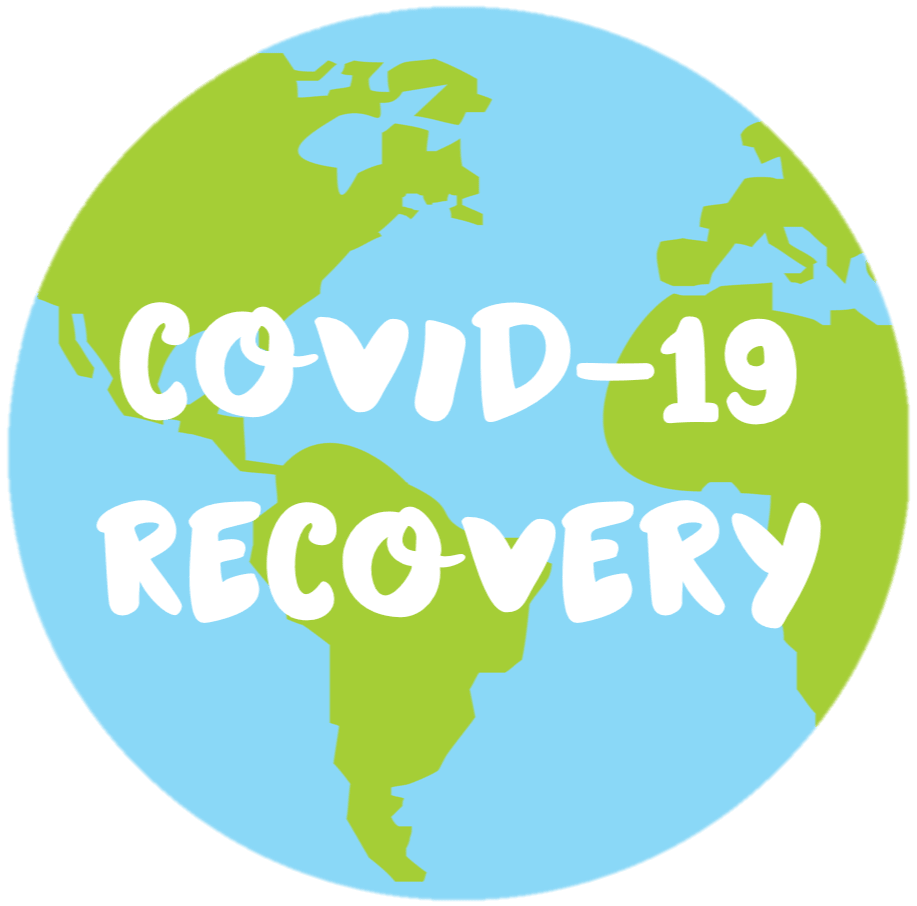The Protective Use of Masks
In last week’s blog post, we uncovered a few statistics on why wearing masks and protective face coverings may be important. Over the past week, with more essential workplaces and community hubs reopening, governments at all levels are recommending the use of masks, especially in areas where physical distancing is challenging. Though there remains differing opinions on mask use, research suggests this precaution is one worth taking. In this week’s post, we will be delving further into studies related to the effectiveness and reasoning behind mask use during this pandemic.
As a recap, The World Health Organization cites data from epidemiological studies that show COVID-19 is primarily spread by infected individuals to healthy individuals through respiratory droplets, direct contact, or through contact with contaminated objects or surfaces. Given the nature of its transmission, masks have the potential to help reduce transmission through air droplets, but only if used correctly.
How effective can masks be?
When we talk about the effectiveness of masks, it is difficult to find data that examines the benefit of mask use solely on one person, ie: yourself. Rather, current studies on mask use are observed or projected in a population, and usually track the effect of % population using masks vs factors such as transmission rate, hospitalization rate, and the number of COVID-19 related deaths.
A study involving COVID-19 statistics for Washington and New York examined the use of varying protective levels of face masks and their effectiveness at decreasing community spread.
This research focused both on the outward protection (transmitting the disease), and inward protection (acquiring infection) against projected numbers of COVID-19 related deaths and peak hospitalization numbers. In both cases, increasing the percentage of the population wearing masks led to a decrease in both outward and inward transmission, as well a notable drop in the number of deaths and hospitalizations as mask coverage surpassed 60%.
In the same study involving Washington-based COVID-19 statistics, they projected the effects of mask use on daily deaths in 9 different scenarios based on % population masked and % effectiveness of masks.
Quite obviously, increasing mask effectiveness (ie: wearing a surgical-grade vs a cloth face covering) led to a decrease in COVID-19 related deaths. However, only when this was coupled with a greater % population masked did the numbers change dramatically.
The research supports a synergistic effect of:
1) increased mask effectiveness and
2) the proportion of the population wearing masks and/or face coverings.
Rather than support that individuals should wear top-of-the-line N95 grade protective masks, this study highlights the importance of mass masking, citing that even ‘modestly effective masks, if widely used, could help “bend the curve”’. Most importantly, the study suggests that nearly universal (80%) adoption of moderately effective masks could prevent up to 45% of projected deaths over two months in New York.
Combining physical distancing and mask use
Though exact data is unclear, asymptomatic transmission SARS-CoV-2 can occur, which is why mask use is important in preventing both symptomatic and asymptomatic spread of the virus. The SARS-CoV-2 virus can be spread through aerosol droplets, from sneezes and coughs to individuals in the surrounding area. A recent study at MIT used high-speed video cameras to record how far aerosol particles could travel.
Taking into account various temperatures and humidity levels, the research team concluded that pathogen-bearing droplets could travel an average of 7-8m from a single sneeze. This is why wearing a mask is especially important for individuals experiencing symptoms - a single sneeze has the capacity to affect everyone within this large radius.
Furthermore, once released, these droplets could be suspended in the air for hours depending on airflow conditions. Given this data, individuals may want to reconsider the use of masks and face coverings even while maintaining the 2m physical distancing protocol.
Differing opinions on mask use
According to an observational study in Hong Kong, an area whose new cases have been in the single digits for weeks, mass masking is a key measure to control the person-to-person transmission of COVID-19. In a survey related to the study, 95% of its participants believed that mass masking could reduce the chance of infection and community outbreak. This opinion on mask culture is shared among many Asian countries including South Korea, Japan, Singapore, Taiwan, and many more south-east Asian countries, all of which are experiencing lower transmission rates than North American and European countries.
Though differing opinions may be due to stigmatization of mask use in the West , the Eastern commonplace practice of wearing masks comes from a sensible past of mask use during the pneumonic plague in 1910, as well as the SARS outbreak of 2003.
This being said, masks alone cannot help curb the transmission of COVID-19. A combination of good hand and general hygiene, physical distancing, and personal protective equipment is the best way to keep yourself safe during the pandemic. Adhering to the proper way to use, dispose of, and sanitize your personal protective equipment is key in keeping yourself and those around you safe.
Journal Sources:
https://www.sciencedirect.com/science/article/pii/S2589537020301000
https://www.sciencedirect.com/science/article/pii/S2352304220300635
https://jamanetwork.com/journals/jama/fullarticle/2763852
Media Sources:
https://www.theatlantic.com/politics/archive/2020/04/america-asia-face-mask-coronavirus/609283/
https://www.imveurope.com/news/high-speed-camera-reveals-sneeze-aerosols-travel-7-8m
https://www.forbes.com/sites/jamesasquith/2020/03/16/coronavirus-containment-what-we-can-learn-from-relative-calm-in-singapore-and-hong-kong/#45f46c251040
Image Sources:
*Graphs linked to original articles
https://www.narayanahealth.org/blog/know-about-proper-usage-disposal-and-reuse-of-mask/
https://www.forbes.com/sites/jamesasquith/2020/03/16/coronavirus-containment-what-we-can-learn-from-relative-calm-in-singapore-and-hong-kong/#45f46c251040




